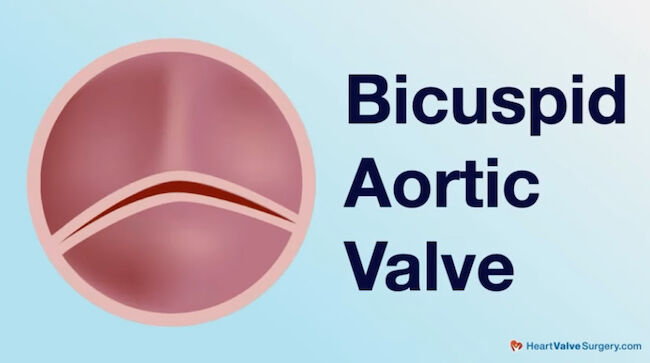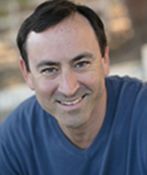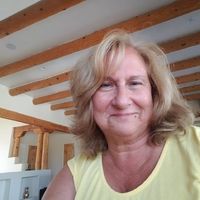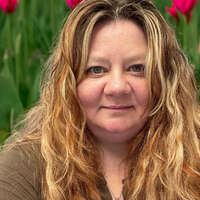Surgeon Q&A: Evolution of a Ross Procedure Program
Written By: Allison DeMajistre, BSN, RN, CCRN
Medical Expert: Christopher Burke, MD, Co-Director of the Multidisciplinary Thoracic Aorta Program, UW Medicine Heart Institute, Seattle, Washington
Reviewed By: Adam Pick, Patient Advocate, Author & Website Founder
Published: April 30, 2025
There are approximately 85,000 aortic valve replacement (AVR) surgeries every year in the United States. Most are performed surgically or with the less invasive transcatheter approach. Only a small percentage of AVR surgeries are done using the Ross Procedure, and for good reason. The Ross operation, also known as the “Switch Procedure”, is a highly technical operation requiring surgeons to perform it regularly throughout the year. Given its complexity, it can take years for cardiac centers to build a successful Ross Procedure program.
We recently met with Dr. Christopher Burke, a leading aortic valve surgeon at UW Medicine Heart Institute in Seattle, Washington, who has developed a successful Ross Procedure program. He was able to share how he was able to build and evolve the program at UW Medicine.
Key Learnings About the Evolution of a Ross Procedure Program
Here are several important insights shared by Dr. Burke:
- The Ross Procedure is a very advanced type of aortic valve replacement. “The Ross Procedure is probably the most technically demanding operation that most adult aortic surgeons will do,” said Dr. Burke. “It takes time to learn how to do it effectively.”
- A healthy Ross Procedure program starts with a busy heart valve program. “It takes time to build a Ross Procedure program,” stated Dr. Burke. He explained that having a healthy program starts with having a busy program with the requisite heart valve patients, including younger patients, often with bicuspid aortic valves. “You have to have a certain number of patients coming through to have a viable program because this operation is ineffective when trying to do a couple a year. It’s just not enough volume to develop and maintain the skill set.

- A great multidisciplinary team is critical to success. “It truly does take a village to be successful here,” said Dr. Burke. “It was just recognition of how important the team is. There’s perioperative, things that come with blood pressure control, and ensuring that patients get proper echocardiogram surveillance. Obviously, the technical surgical component is very important. But there’s also the Intensive Care Unit and everything in between. The recognition of the team concept and structure has been critically important.”
- Tracking outcomes and collaborating with other Ross Centers has been essential. “Probably the biggest thing as we move on is that we’re very self-critical, and we follow closely how things are going,” Dr. Burke explained. “I’ve appreciated the power of collaborating with other Ross Centers, and we’re proud to be a founding member of the North American Ross Consortium (NARC), which is a unique prospective database where we’re tracking outcomes and learning more because we’re all getting better. We’re all on this journey together as surgeons, and the more we can learn from each other will only make us stronger as a program.”
Thanks Dr. Burke and UW Medicine!
On behalf of prior and future Ross Procedure patients, thanks to Dr. Christopher Burke and the UW Medicine team in Seattle, Washington, for the time and personal commitment to see this program through.
Related Links:
- The Ross Procedure: An Advanced Type of Aortic Valve Replacement
- Ross Procedure Reloaded: What Should Patients Know?
- Heart Warrior: Patient Video Celebrates the Ross Procedure and Dr. Christopher Burke
Keep on tickin!
Adam
P.S. For the deaf and hard of hearing members of our community, we have posted the video transcript below.
Video Transcript:
Adam Pick: Hi Everybody, it’s Adam with HeartValveSurgery.com and we’re in Los Angeles, California at the Society of Thoracic Surgeons Conference. I am thrilled to be joined Dr. Chris Burke, who is a leading aortic valve surgeon at UW Medicine in Seattle, Washington. Dr. Burke. It is great to see you again. And thanks for being with me today.
Dr. Chris Burke: Thank you, Adam. Great to see you.
Adam Pick: You and I always have great conversations about the Ross procedure. You and I have also discussed how this is a very complex operation, that takes time for a cardiac center to build, grow, learn about how to do the Ross procedure effectively. Your team at UW Medicine Heart Institute has had some great success. I’m curious to know if you could share with our community how you’ve gone about evolving a Ross Procedure program at your cardiac center.
Dr. Chris Burke: Absolutely. So, as you correctly point out, this is probably the most technically demanding operation that most adult aortic surgeons will do. And, it takes time. It takes time to learn how to do this effectively. It takes time to build a program, right?
It’s a pretty narrow, specific patient population that will derive benefit from this operation. We’ve learned a lot of things. We continue to learn. That’s one of the things that’s so exciting and fun about this.
Having a healthy program starts with having a busy program where you’re seeing the requisite heart valve patients. These are going to be younger, many patients with bicuspid aortic valves, things like that.
You have to have a certain amount of patients really coming through your program in order to have a viable program. Because we know that this operation is not effective when you’re trying to do a couple-a-year type of thing. That’s just not enough volume to develop and maintain the skill set.
And then, for us, it was just recognition of how important the team is. I mean it, it truly does take a village to be successful here.
There’s perioperative. Things that come with blood pressure control and making sure that patients are getting proper echocardiogram surveillance. And obviously the technical surgical component is very important. But there’s also the Intensive Care Unit and everything in between. And, a recognition of how important that team concept and structure is and has been critically important.
And then the, probably the biggest thing, Adam, as we move on is that we’re very self-critical and we very much follow closely how things are going. I’ve appreciated the power of collaborating with other Ross Centers and we’re proud to be a founding member of the North American Ross Consortium.
That’s a very unique prospective database where we’re tracking outcomes and we’re learning more-and-more because we’re all getting better. Right, and we’re all on this somewhere on this journey together as surgeons and the more that we can learn from each other will only make us stronger as a program.
Adam Pick: I can’t thank you enough because I know it takes time resources and at the end of the day a lot of personal commitment to see this through. So, on behalf of your prior patients and future patients for the Ross procedure, I cannot thank you and your team enough at UW Medicine in Seattle, Washington.
Dr. Chris Burke: Thank you, Adam.



